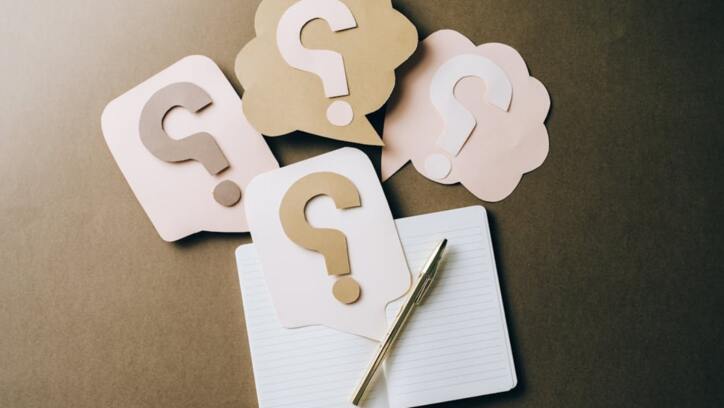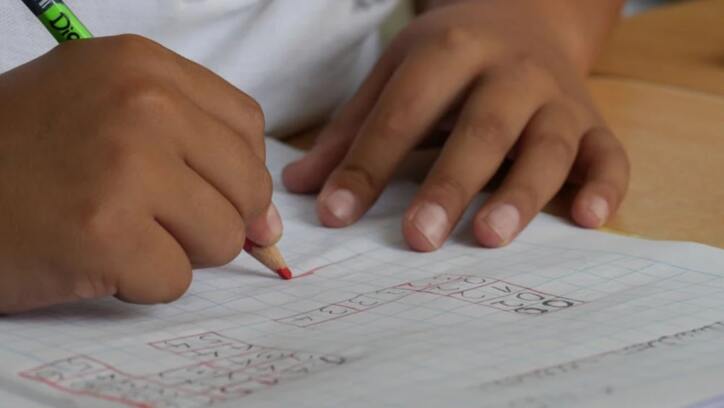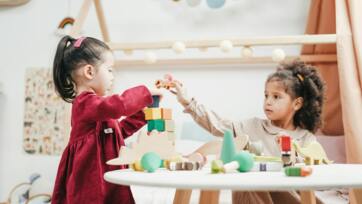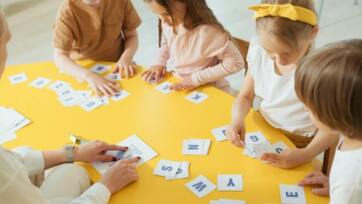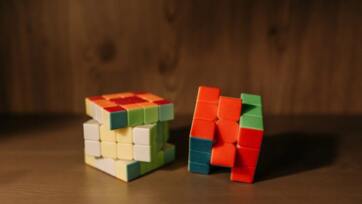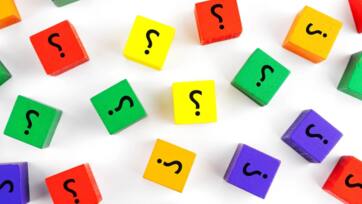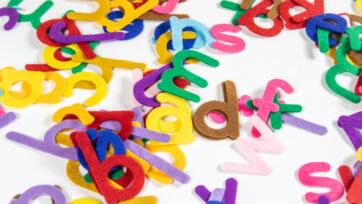Introduction
Do you find learning and knowledge testing energizing? This article provides exactly what you need. The ultimate learning quiz presents ten fascinating subjects that push your intellectual abilities. This quiz examines ten diverse subjects such that anybody who has an interest in history, science, art, or technology will find themselves challenged at their knowledge limits. This assessment will take you through multiple learning fields where you must demonstrate your abilities. This exciting journey includes different subjects, which we will examine in detail.
1. History
History consists of studying past events while comprehending social change through time, providing perspective on world development alongside wisdom from past human progress. Within this area, you must answer questions about historical civilizations, world war events, revolutionary periods, and significant historical figures who modified the course of events. Testing your historical knowledge enables you to better understand historical events and their impact on our current existence. Prepare yourself to discover major historical events that have moulded our planet.
2. Science
Science is the essential structure to interpret natural phenomena occurring in our environment. When examined through physical, biological, and chemical scientific principles, the natural world showcases endless wonders. As part of this section, you must demonstrate a firm understanding of scientific discoveries, principles and breakthroughs. The assessment will evaluate your knowledge of well-known scientists, their scientific work and their developmental contributions. The time has arrived to check your scientific understanding by seeing big and small natural phenomena across the breadth of space.
3. Literature
We can experience alternative realities through literature as it leads to motivational shifts that trigger emotional responses. The quiz segment will evaluate your familiarity with famous authors, important literary masterpieces, and significant literary trends. Many types of literary works such as poetry, novels and plays comprise the questions which assess your thinking and emotional response development according to shared standards. All students who love literature can enjoy reading Shakespeare alongside Dickens and contemporary authors. Open the pages of written text to validate your literary knowledge.
4. Geography
Geography enables us to comprehend the physical environment and how people relate to places and environments through their relationships. Geography exists to study all parts of Earth, from large continents down to cities and national centers. Students must answer questions regarding the world’s prominent physical elements, significant landmarks, and geographical regions. The assessment contains questions about World capital cities and important rivers, mountains, and other geographical entities. A global tour awaits you to check your readiness in geographic information.
5. Technology
The continuous evolution of technology demands modern learners to maintain current content about new developments. The digital revolution receives attention through a discussion about the internet, artificial intelligence, and innovative gadgets. The quiz contains inquiries about well-known inventors and advanced technologies that changed modern life. The tech industry expands rapidly, so the quiz evaluates your ability to maintain speed in this dynamic field. Do you possess the skills of a technology expert? Let’s dive in!
6. Art and Music
The quiz tests your capabilities regarding recognizing famous artists together with artists and musicians from various art movements in addition to musical genres. The quiz includes questions covering artistic creations from the Renaissance era up to contemporary times and music from classical to contemporary music demographics. The evaluation section measures your identification skills regarding notable artworks and composer and artist qualities. Enter a deep experience of artistic creativity as well as musical mastery.
7. Sports
The phase dedicated to sports fans challenges them with athletics-related questions about numerous competitions, their athletes, and their events. The quiz provides major and minor sports challenges by asking questions that span football, basketball, and tennis before moving to the Olympic realm of events and records and their history. The exam will evaluate your understanding of famous sports stars, important sporting competitions, and the key achievements that shaped sporting history. Sports enthusiasts will find the perfect opportunity to demonstrate their authority and enthusiasm in this section.
8. Math
Through its logical and reasonable systems, mathematics is a universal way to handle intricate problems and recognize universal natural patterns. This part evaluates your competence through mathematical equation resolution while demanding geometric understanding and practical mathematical application. This quiz covers algebra through calculus and exposes your mathematical abilities in numerical problem-solving. Every person interested in math and those battling numbers must prepare for challenges in this no-contact section.
9. Philosophy
Studying philosophy primarily allows us to explore reality while seeking knowledge about existence and understanding truth. This section requires you to demonstrate your knowledge about famous philosophical concepts and ethical issues together with the significant philosophers who developed this discipline. The exam contains questions covering ancient philosophers, including Socrates and Plato, and about present-day thinkers and various ethical principles. Those who like to question major life concepts will face deep intellectual challenges through this educational segment.
10. Language
Through language, human beings maintain their connections by sharing ideas with others, thus establishing it as one of the most influential human abilities. This part tests your understanding of linguistics and famous authors alongside language evolution and vocabulary concepts. This portion of the test includes questions regarding diverse languages and dialects and their cultural meaning. Language structure, syntax, and grammar rules will challenge you to demonstrate your communication efficiency throughout this section. Take the step to show your complete expertise in linguistic matters!
Learning materials for the final quiz formalize
The preparation process should start before attempting the quiz. A successful approach involves reviewing important fundamental knowledge in every ten subjects. Review essential historical events, authors' names, scientific theories, and modern technological innovations. The main purpose is to expand your understanding and achieve awareness of your existing knowledge in multiple academic fields. So, let’s get ready!
How the Ultimate Learning Quiz Works
The quiz contains multiple question types, including multiple-choice options and short-answer questions, to deliver an interesting and complete assessment experience. The evaluation splits its content into specific knowledge areas that examine history together with science and technological information. The quiz includes questions of different levels to present you with straightforward and demanding tasks during the assessment. The quiz enables you to develop a better understanding of your present skills and strengths so you can determine specific areas needing improvement.
The Importance of Cross-Subject Knowledge
What significance does subject-to-subject knowledge testing have in the learning process? Through acquiring knowledge across multiple disciplines, you develop remarkable value as a person who thinks broadly. Your intellectual growth occurs through this method because it gives you broader views which supports critical thinking and reveals connections between different areas of study. Your problem-solving ability improves when you learn between subjects since you will approach challenges from unique perspectives. Within the fast-moving modern world, permanent learning and knowledge development are the foundation for superior performance.
Learning Beyond the Quiz
After enjoying the quiz experience to test your knowledge, it is essential to understand that learning remains an ongoing process. Use the quiz completion as a gateway to explore those subjects which caught your interest during the assessment. The progressing method entails research through library books and documentaries and online course exploration. The quiz creates a base from which your continuous learning process will develop throughout your lifetime. The quiz should inspire you to expand knowledge areas so you can develop wider comprehension across the world.
The Benefits of Testing Your Knowledge
The practice of quizzes together with challenges brings advantages above basic competitive pleasure. The quiz lets you evaluate your knowledge while showing which parts need extra work. Quizzes function both as brain exercise and memory boosters, whereas cognitive performance gets a boost by participating in quizzes. Participation in quizzes can stimulate active learning decisions and improve student confidence. Acquiring a quiz victory creates its contentment. The process of testing yourself will help you realize personal and intellectual development.
Conclusion
You will find entertaining knowledge assessments at the Ultimate Learning Quiz, which explores ten different subject categories. The quiz evaluates your outstanding academic aptitude and potential areas for knowledge development, regardless of your individual academic performance. Your main objective should focus on performing well and engaging fully with education through learning activities. Ready to test your knowledge? Complete the test to see how much information you currently understand.

